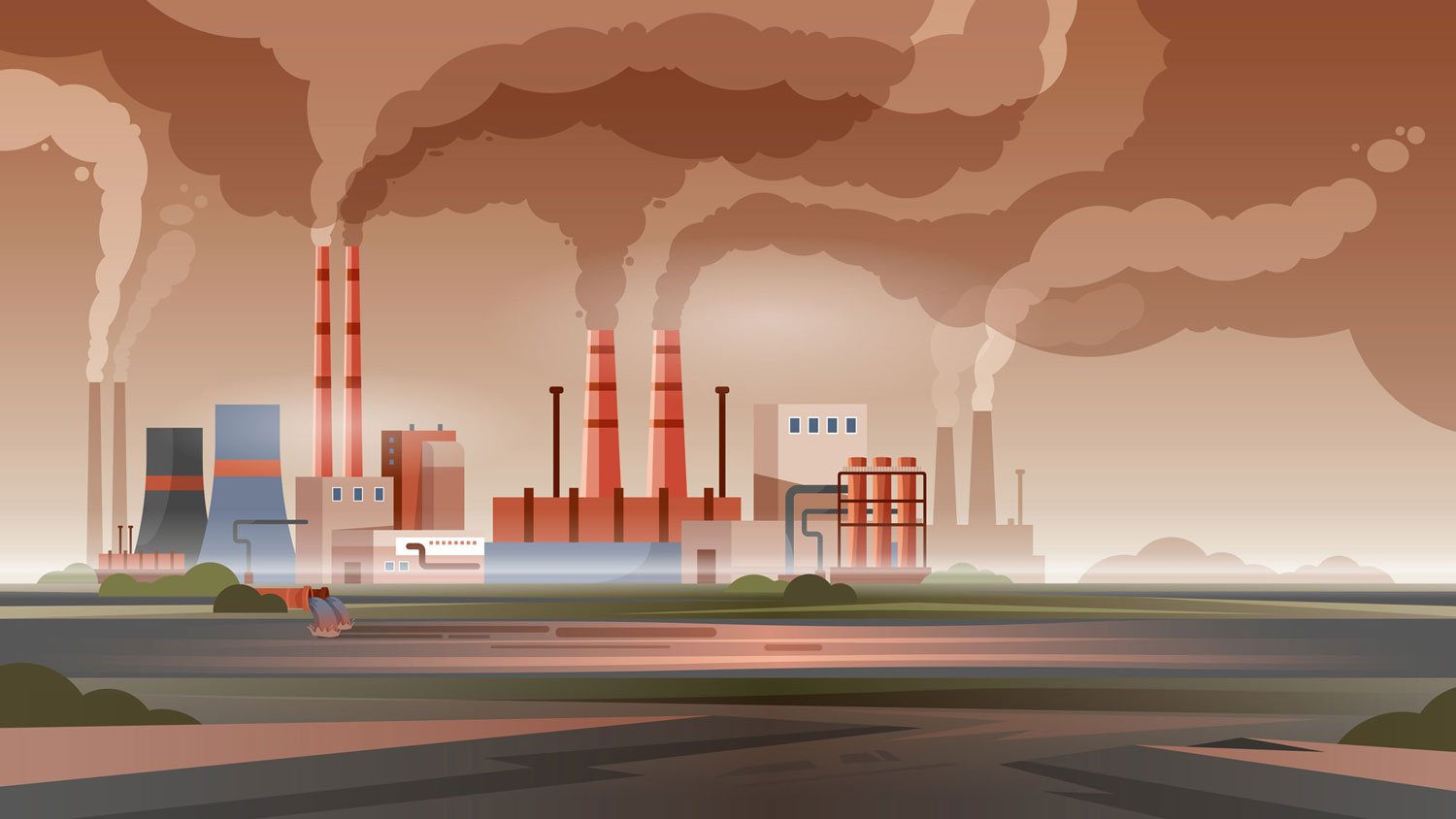Greenhouse gases are the main reason for the increasing warming of our atmosphere and the fight against climate change. These gases trap heat and retain it in the atmosphere thanks to their ability to absorb infrared radiation. While most of the radiation affecting Earth is absorbed by oceans, land, and the atmosphere, the rest is reflected back into space by clouds and other reflective surfaces. The increasing ratio of greenhouse gases raises the temperature of the atmosphere, leading to global warming and climate change issues. Therefore, reducing greenhouse gas emissions and developing eco-friendly alternatives are crucial steps toward a more sustainable future.
What is a Greenhouse Gas?
A greenhouse gas is any gaseous compound in the atmosphere that can absorb infrared radiation, thus trapping heat in the atmosphere. These gases warm the Earth by retaining heat from the sun’s rays and maintaining the planet’s temperature balance. However, greenhouse gas emissions have been increasingly rising due to industrial activities, fossil fuel consumption, deforestation, and agricultural practices. This increase causes the greenhouse gas effect, leading to global temperature rises and climate change problems.
The most common greenhouse gas is carbon dioxide (CO2). CO2 is released into the atmosphere through the burning of fossil fuels, deforestation, industrial activities, and agriculture. Other common greenhouse gases include methane (CH4), nitrous oxides (NOx), and fluorinated gases (F-gases). Methane is emitted from sources such as animal digestion, landfills, and natural gas leaks, while NOx originates from industrial facilities and vehicles. F-gases are synthetic chemicals produced by human activities, such as refrigerators, air conditioners, and industrial manufacturing processes.
How are Greenhouse Gases Formed?
Greenhouse gases can originate from both natural and human-made sources. Some natural sources include volcanic eruptions, decaying organic matter, gases released from oceans, and wildfires. However, human activities also release greenhouse gases into the atmosphere. The main sources are fossil fuel use, industrial production, vehicle traffic, agricultural activities, and deforestation.
Greenhouse gases accumulate in the atmosphere, trapping sunlight and reflecting it back toward the Earth’s surface, which causes heat to remain in the atmosphere. This process is known as the greenhouse effect. The greenhouse effect is the primary factor contributing to global warming and climate change issues.
Relationship Between Greenhouse Gases and the Greenhouse Effect
The greenhouse effect is the process by which greenhouse gases in the atmosphere trap sunlight, reflect it back to the planet’s surface, and retain some of the heat in the atmosphere. This process helps keep the average temperatures on Earth balanced and is essential for sustaining life. However, as greenhouse gas emissions increase, the greenhouse effect intensifies, raising the planet’s average temperatures.
The harmful effects of greenhouse gases manifest in rising temperatures, melting glaciers, rising sea levels, more frequent and severe weather changes, and disruptions to ecological systems. These impacts negatively affect your quality of life, health, and economic well-being.
To reduce the greenhouse effect, we can take steps such as decreasing greenhouse gas emissions and using renewable energy sources. Additionally, adopting sustainable living practices like energy efficiency, eco-friendly transportation, carbon-neutral buildings, and sustainable agriculture can play a significant role in mitigating the greenhouse effect and addressing global warming and climate change. If you wish to support energy efficiency and eco-friendly transportation to protect our shared home, the Earth, you can use BinBin scooters for enjoyable travel while contributing sustainably to the fight against climate change.






